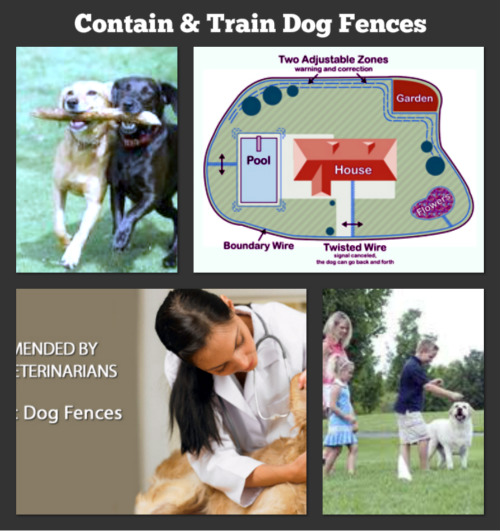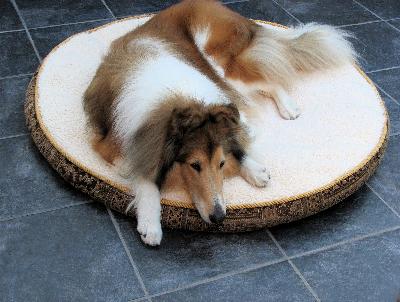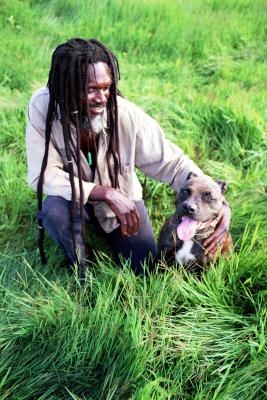As a dog owner, it's your responsibility to learn the training methods for teaching your dog not to bite anyone. This is a critical part of pet ownership, in fact, The Center for Disease Control (CDC) estimates that more than 4.7 million people are bitten by dogs each year. These bites result in unwanted medical bills and law suits, and, in some cases, the dog has to be put to sleep. With a little training, none of these negatives have to happen to you or your pet.
There are common techniques that have been proven to be effective in suppressing biting behavior of dogs. However, the degree of difficulty of dog training varies with the breed of dog, age and individual temperament.
Like with any other training you should start training dogs not to bite while they are young. Puppies naturally nip and bite but this behavior should be discouraged by you from day 1. Owners that let their puppies bite because they think it is cute often end up with grown dogs who don't understand why this behavior is suddenly not allowed.
You can start giving verbal commands to your dog when he is four weeks and older. When the puppy tries to bite, a gentle but firm "No!' followed by a slight squeeze of the muzzle will train him not to bite anymore.
Be careful not to squeeze the muzzle too hard or high enough to hurt his nose. Dogs have very sensitive and delicate odor receptors and you wouldn't want to damage this in any way.
The squeezing isn't really a form of punishment. It is to teach the dog that the verbal command goes along with discomfort. Dogs don't like having their muzzle squeezed and learn to associate biting with the unpleasant feeling and may be reluctant to bite in the future.
What can you do to train your dog besides discouraging bad behavior verbally and physically? Allow him to develop appropriate social behaviors as early as possible. This will develop his confidence and self-assurance, which in turn will make him less frightened of strangers, and less likely to attack.
It's a good idea to let your dog get to know other dogs, as long as they're not aggressive themselves. This allows your pet to become aware of a variety of smells and appearances that might otherwise arouse his suspicions, and tends to negate his normal territorial reactions.
While it is natural for a dog to nip and bite, the know enough not to do this too hard to their littermates. They will nip each other while playing, but they learn early on not to press too hard. This natural instinct can be used in training dogs not to bite by teaching them to extend the scope of the pack to include family members, frequent visitors and other pets.
When introducing your dog to other household pets, restrain both your dog and your other pets. They will learn to gradually approach each other naturally.
Put your dog at ease by having the dog sit and stroke its back. Check your dog for signs of aggression like body tension, snarling, and erect ears. After stroking your dog touch the other animal to convey the smell of your pet to that animal. After checking to make sure there are no signs of aggression and the other dog got a scent of your dog then allow them to interact.
Many dogs can be trained to curb thier urge to bite by the time they are four and a half months old, but it may take your dog longer than that. It varies by breed, and each individual dog within a breed is different. And you know that saying "you can't teach an old dog new tricks"? It's not exactly true, but training an older dog to stop biting is much more difficult than it is to teach a puppy.
While most dogs can be trained not to bite, there are some that still bite despite being trained. Pet owners should also be trained how to handle their dogs properly. If your dog still bites, make sure it cannot interact with other people or be expose to other animals.
Persistent long term use of these dog training techniques will likely result in a more stable and fun pet, not to mention that it could prevent an unwanted situation where your dog could get hurt or hurt someone else.

 How To Contain And Train Dogs Using Electronic Dog Fence
Keeping and training dogs to stay within your vicinity and
How To Contain And Train Dogs Using Electronic Dog Fence
Keeping and training dogs to stay within your vicinity and
 The Best Ways to Potty Train a Puppy
The Best Ways to Potty Train a Puppy
T
The Best Ways to Potty Train a Puppy
The Best Ways to Potty Train a Puppy
T
 How to House-Train an Adult Dog
How to House-Train an Adult Dog
How to
How to House-Train an Adult Dog
How to House-Train an Adult Dog
How to
 Free Potty-Training Tips for Female Pit Bull Puppies
Free Potty-Training Tips for Female Pit Bull P
Free Potty-Training Tips for Female Pit Bull Puppies
Free Potty-Training Tips for Female Pit Bull P
 How to Train Jug Puppies
How to Train Jug Puppies
How to Train
How to Train Jug Puppies
How to Train Jug Puppies
How to Train